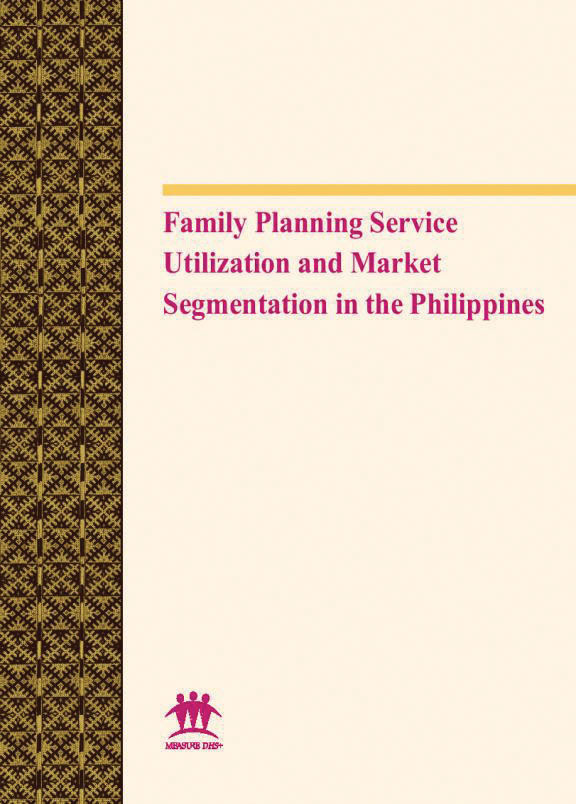- PUBLICATIONS
- JOURNAL ARTICLES
- ACCESS PUBLICATIONS
Publications Summary
- Document Type
- Further Analysis
- Publication Topic(s)
- Family Planning
- Country(s)
- Philippines
- Survey
- Philippines DHS, 1998
- Language
- English
- Recommended Citation
- Lamberte, Exaltacion E., Nanette R. Lee, Desiree Conception U. Garganian, and Andrew Kantner. 2000. Family Planning Service Utilization and Market Segmentation in the Philippines. DHS Further Analysis Reports No. 34. Calverton, Maryland, USA: ORC Macro.
- Download Citation
- RIS format / Text format / Endnote format
- Publication Date
- October 2000
- Publication ID
- FA34
Download
 Family planning Service Utilization and Market Segmentation in the Philippines (PDF, 2454K)
Family planning Service Utilization and Market Segmentation in the Philippines (PDF, 2454K)
